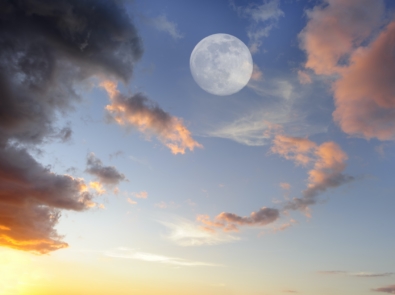
Ever wonder why Full Moon calendars sometimes list daylight hours? Find out why!
Read MoreFarmers’ Almanac astronomy provides the best times to view meteor showers, full moons, facts about planets and stars, plus more!

Ever wonder why Full Moon calendars sometimes list daylight hours? Find out why!
Read More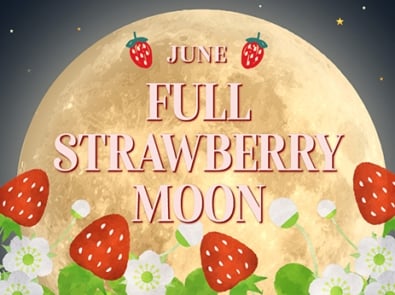
The full Moon June 2026 is one of the sweetest of the year—the Strawberry Moon. But why does the full Moon in June have such a berry-licious name, and what other names are associated with the astronomical event every June in other cultures? June 2026 Full Moon: Monday, June 29, 2026Peak Illumination: 3:44 a.m. Eastern Time Full
Read More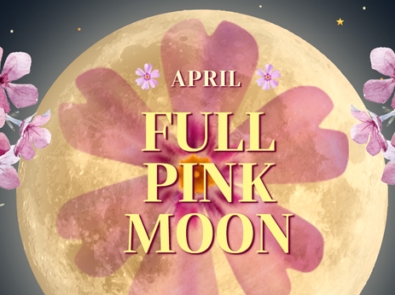
The full Moon April 2026 is a hopeful sign of spring, indicating the return of life and the resurgence of nature after winter’s dormancy. The April full Moon is often called the “Pink Moon,” but why? What other names does this first spring full Moon go by in different cultures? Full Moon April 2026: Wednesday, April
Read More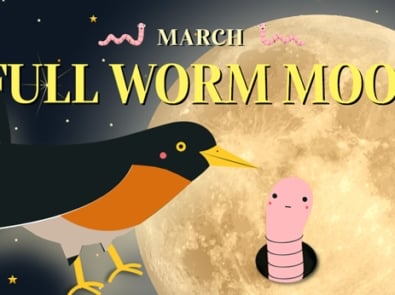
Why is March's full moon called the Full Worm Moon?
Read More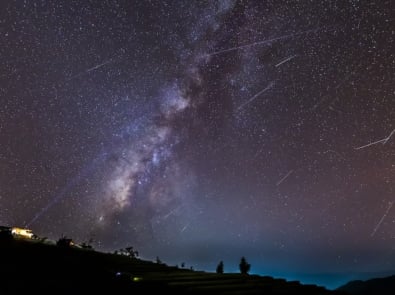
Learn when and where to catch a shooting star in the late-November Leonid Meteor Shower 2025! Here’s everything you need to know … How To Catch A Shooting Star The famous Leonid Meteor Shower will reach peak activity in the early morning hours of November 17-18, 2025. Details For The Leonid Meteor Shower 2025 The
Read More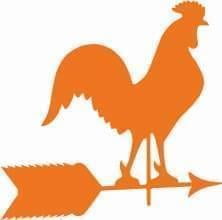
The annual Perseid meteor shower is usually one of the most exciting natural light shows of the year. Learn more!
Read More
Urban legends abound on the subject of things—and people— going haywire around the time of the full Moon. But is there any truth to it? Depends on who you ask.
Read More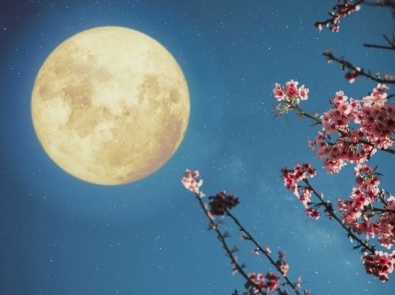
The Paschal Full Moon is the first full Moon after the spring equinox. The Paschal Full Moon is significant because it determines which date Easter falls on each year. For this reason, Easter is a movable holiday, occurring between late March to late April. When Is The Next Paschal Full Moon? In 2026 the first
Read More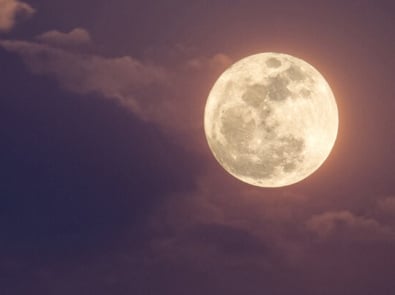
There will be three full Moon Supermoons in 2025: October 6 (Harvest Moon), November 5 (Beaver Moon), and December 4 (Cold Moon). See all full Moon dates, times, and names. What Is A Supermoon? Supermoons are caused by the shape of the Moon’s orbit, which is an ellipse (not a perfect circle). Each month, the
Read More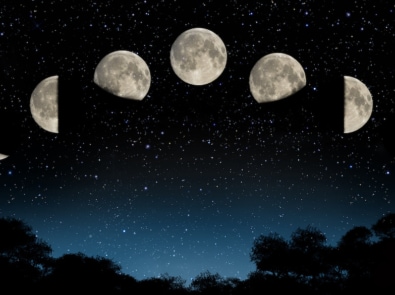
Sure, everyone knows what a Full Moon is, but do you know what a Waxing Gibbous or a Waning Crescent are? Find out!
Read More